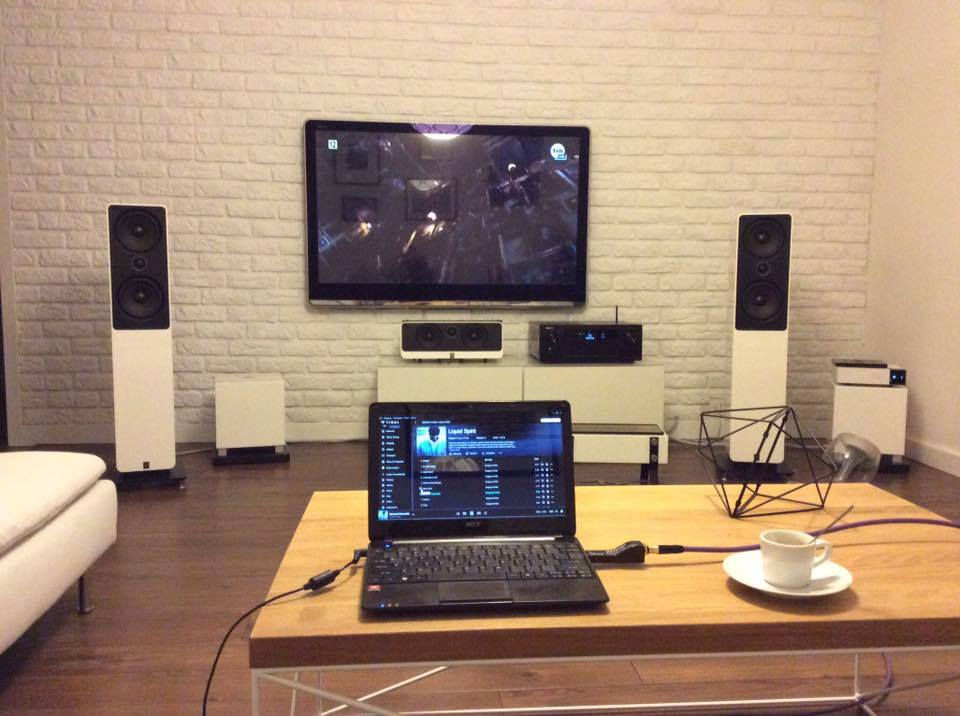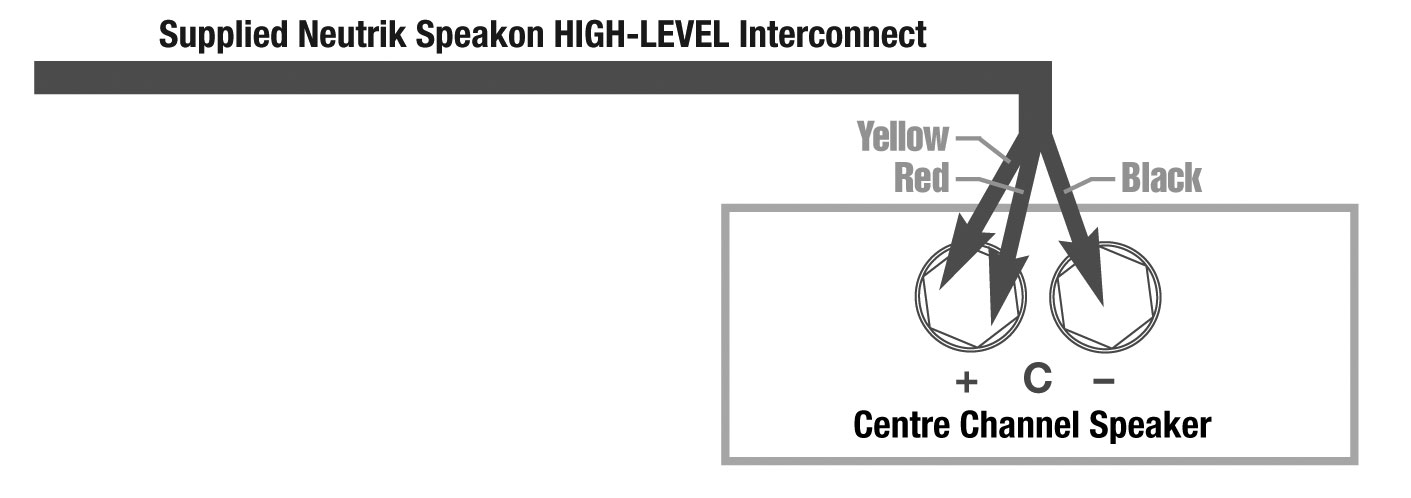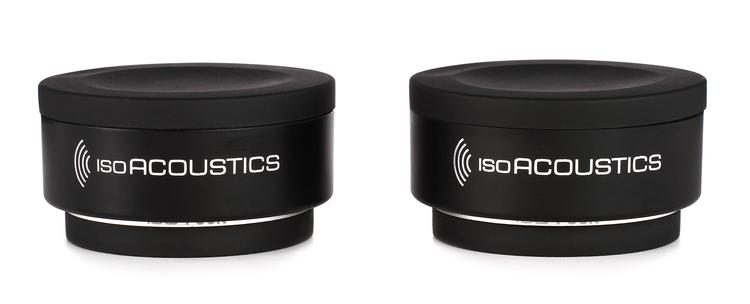Blog
The Buildable Theater II
How to Build a High Performance Theater Without Breaking the Bank (Phase 2 & 3)

This is a continuation to The Buildable Theater. If you landed here without reading the first phase, please click here to read part 1 of The Buildable Theater.
Phase 2, Building Fast: By now, you’ve owned and loved the above system for awhile and are ready for the next big jump up without selling off anything. Assuming you’re still a B&W fan (you wouldn’t have bought the CM5s without knowing what you were aiming for, right?) it’s time to spurge on your main speakers which we’ll call CM-10 S2 at $4,000/pr. When you do, the CM’s will become your surround speakers and the T/7i will also rotate to support the rear surrounds. When you spring for the CM-10’s, do allocate an additional $1299 for the REL T/9i, which mates beautifully with the CM-10’s.
Phase 2 Costs: $5,300 plus more Type 4 speaker cable—let’s say around $5,500 with wire.
So, now, we have:
- (2) B&W CM-10’s making great sound on the front L-R mains (set to Full Range).
- (1) Matching REL T/9i 300W powered subwoofer for Front Main used both High Level and .1/LFE.
- (2) B&W CM-5 S2 used for Surround Speakers.
- (1) REL T/5i 150w powered subwoofer used as the Surround Subwoofer.
- (10 Marantz 5012 Av Receiver, all speakers set to Full Range.
- With cables and stands, the total cost should be in the $9,500 range.
Phase 3, The Completer System: Just like the creamer, coffee pot and tea pot (can someone explain why intelligent people need both tea and coffee pots—I get that tea pots have a specific shape designed to optimize the aromatic and flavor benefits of tea but who uses formal coffee pots at anything other than wakes or whatever that party is called where bride and groom’s family are asked to join each other in mutual awkwardness at an event just before the actual wedding?). But I digest, er, digress.
The last stage is rather simple and less costly than either of the first 2 stages. Adding the matching center channel—in this case B&W’s CM Centre S2–at $1250 and a REL T/5i 150w powered subwoofer at $749 brings us to a total of $2,000 for Phase 3, you’ll need anywhere from 3-12’ worth of Type4 speaker cable here too.
Follow carefully now, the center channel is somewhat obvious. Place it in whatever furniture is holding up your tv, set the receiver to Full Range for this speaker, just as with all your other 4 channels. The REL T/5i is paired with the center. Place the T/5i up front—anywhere across the front, about 2/3 of the way between the main L-R speakers and connect it up directly to the center channel sub.
Pro Tip: Add a pair of Iso Acoustics Iso Pucks under the front of the center channel to aim its rake angle up toward the listener. Along with bringing forward the CC until it just overhangs the front edge of whatever shelf it is placed on, these two tips will add about 100% to clarity and natural timbre of any good center channel.About $60/pr.
The Buildable Theater: The above example shows a really nice, not insanely expensive system for someone of reasonable means who has the patience to work toward the goal of having a serious home theater. Perhaps the time between Phase 1 and Phase 2 was a year or two, add another 6 months for phase 3 and in the span of 1 ½–2 ½ years you have built a theater that in every phase of its construction brought great joy and was capable of playing movies and music at a high quality standard. You wasted no money on trade ins and got far more performance and sophistication than any number of competing systems put together with far less forethought.
Upgrades: Without a doubt, the biggest improvement to this system will be adding a truly high quality separate 2-channel stereo power amplifier. For the money, it’s hard to beat John Curl and Richard Schramm’s Parasound Halo A21. It’s been around since 2008 or so but it still offers solid, reliable performance for around $2,500 in the U.S. More than enough power to drive the CM-10 S2’s to a volume louder than you and they can handle. Highly recommended and a huge step up from the very limited performance available in even large, expensive receivers.
Do add Dolby Atmos if your room and budget permit. Dolby has given us the ability to carve out solid, 3-dimensional blocks of space with Atmos.
Finally, if you have even the slightest inclination toward this, buy a great projector and screen. Whatever performance a fine flat panel of any provenance can supply, it isn’t home theater until you are experiencing it AT HOME on a 10’ or larger screen. I stress at home because it is comparatively difficult to experience what a projector and screen will feel like at home versus on even a very good in-store demo. I personally subscribe to bigger being more addictive, up to a point. That point in the real world with outstanding black levels on really high quality screens—I prefer good rigid and, thus, less expensive screens versus electric drop down screens–is 133” horizontal or about 11’ wide.
Enjoy the Theater,
John Hunter












